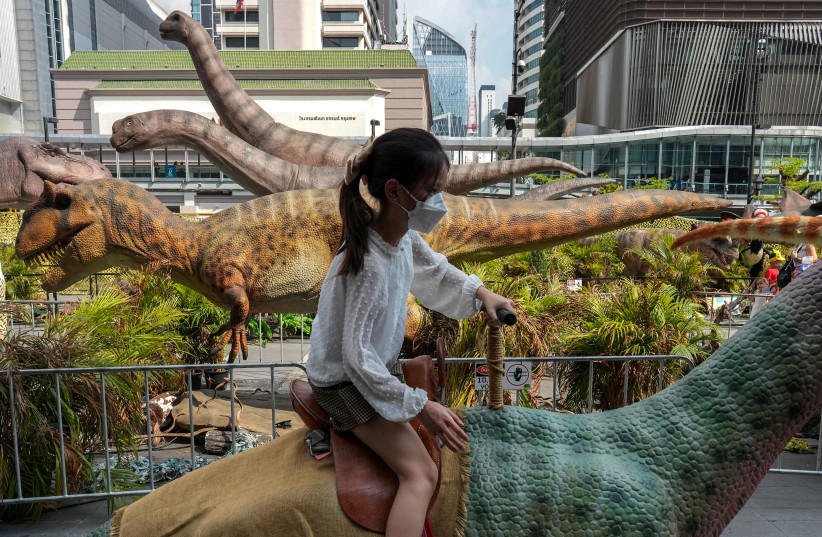Scientists have spent a long time debating whether early humans may have been present before non-avian dinosaurs went extinct, but a new study published on June 27 may finalize the debate.
The peer-reviewed research, published in the academic journal Current Biology, used statistical analysis of fossils to determine whether placental mammals lived before dinosaurs’ extinctions.
Fossils of placental mammals have been found in rocks that date less than 66 million years, after the time when an asteroid hit the earth causing mass extinctions. It is based on this that the researchers believe that a group of placental mammals evolved after the mass extinction. However, some fossils have been found that pre-date the asteroid event, suggesting that the placental mammals coexisted with dinosaurs and diversified, surviving and evolving after the asteroid.
Primates, which humans evolved from, rabbits and hares, dogs, and cats were shown to have evolved just before the mass extinction, which means human ancestors were coexisting with dinosaurs. After they survived the asteroid impact, placental mammals spread and evolved, which may have been spurred on by the loss of competition from the dinosaurs.

Researchers comment on their study
“We pulled together thousands of fossils of placental mammals and were able to see the patterns of origination and extinction of the different groups. Based on this, we could estimate when placental mammals evolved,” said researcher Emily Carlisle, from the University of Bristol’s School of Earth Sciences, in a release by the university.
“The model we used estimates origination ages based on when lineages first appear in the fossil record and the pattern of species diversity through time for the lineage. It can also estimate extinction ages based on last appearances when the group is extinct,” said researcher Daniele Silvestro, from the University of Fribourg.
“By examining both origins and extinctions, we can more clearly see the impact of events such as the K-Pg mass extinction or the Paleocene-Eocene Thermal Maximum (PETM),” said researcher Professor Phil Donoghue, from the University of Bristol.
